Technological Advancements
The Wearable Digital Walkie Talkie Market is experiencing rapid technological advancements that enhance communication capabilities. Innovations such as improved battery life, noise cancellation, and integration with smart devices are driving consumer interest. For instance, the introduction of Bluetooth 5.0 technology allows for extended range and better connectivity, which is crucial for users in various sectors, including security and outdoor activities. As these technologies evolve, they are likely to attract a broader audience, thereby expanding the market. Furthermore, the incorporation of artificial intelligence in voice recognition and command functionalities is expected to streamline user interactions, making devices more intuitive and user-friendly. This trend suggests that as technology continues to advance, the Wearable Digital Walkie Talkie Market will likely see increased adoption rates.
Enhanced Safety and Security Features
The Wearable Digital Walkie Talkie Market is increasingly focusing on enhanced safety and security features, which are becoming essential for users in various fields. Features such as emergency alerts, location tracking, and group communication capabilities are particularly appealing to sectors like law enforcement and emergency services. The demand for these functionalities is likely to grow as organizations prioritize safety and efficient communication in critical situations. Furthermore, the integration of GPS technology into wearable walkie talkies allows for real-time tracking of personnel, which is crucial for ensuring safety in hazardous environments. This emphasis on safety features suggests that the Wearable Digital Walkie Talkie Market will continue to evolve, catering to the needs of users who require reliable and secure communication tools.
Growing Demand in Professional Sectors
The Wearable Digital Walkie Talkie Market is witnessing a surge in demand from professional sectors such as construction, security, and event management. These industries require reliable communication tools that can withstand harsh environments and facilitate instant communication among team members. According to recent data, the construction sector alone is projected to grow significantly, which may lead to increased investments in communication technologies. The need for efficient coordination and safety measures in these sectors drives the demand for wearable walkie talkies, as they offer hands-free communication solutions. This trend indicates that the Wearable Digital Walkie Talkie Market is likely to expand as more businesses recognize the value of effective communication tools in enhancing productivity and safety.
Rising Popularity of Outdoor Activities
The Wearable Digital Walkie Talkie Market is experiencing growth due to the rising popularity of outdoor activities such as hiking, camping, and adventure sports. As more individuals engage in these activities, the need for reliable communication tools becomes apparent. Wearable walkie talkies offer a practical solution for maintaining contact in remote areas where traditional mobile networks may be unreliable. Market trends indicate that outdoor recreation is on the rise, which could lead to increased sales of wearable communication devices. Additionally, the ability to communicate hands-free while engaging in physical activities enhances the user experience, making these devices more attractive to outdoor enthusiasts. This trend suggests that the Wearable Digital Walkie Talkie Market is well-positioned to capitalize on the growing interest in outdoor adventures.
Increased Adoption of Wearable Technology
The Wearable Digital Walkie Talkie Market is benefiting from the broader trend of increased adoption of wearable technology. As consumers become more accustomed to using smartwatches, fitness trackers, and other wearable devices, the acceptance of wearable communication tools is likely to rise. Market data suggests that the wearable technology sector is expected to grow at a compound annual growth rate of over 15% in the coming years. This growth may create a favorable environment for the Wearable Digital Walkie Talkie Market, as consumers seek multifunctional devices that combine communication with other features. The integration of health monitoring and fitness tracking capabilities into walkie talkies could further enhance their appeal, suggesting a potential for innovation and market expansion.

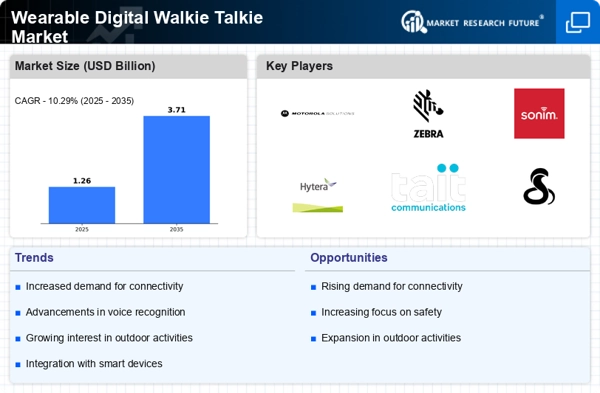
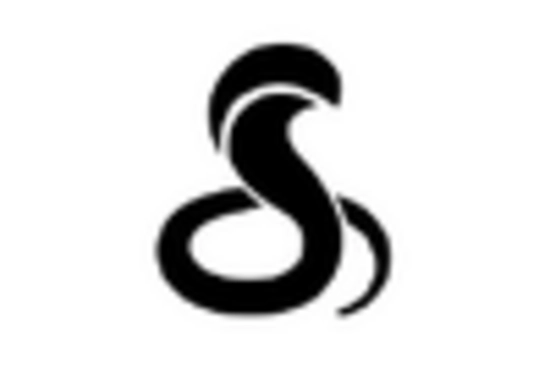
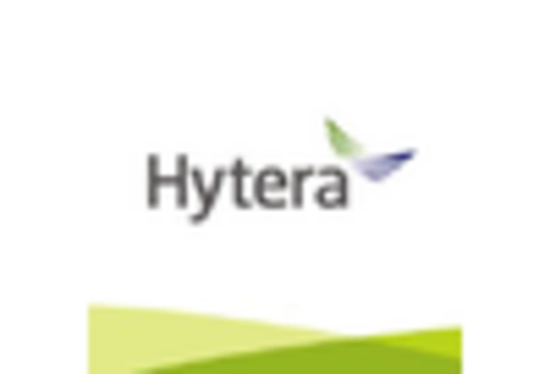
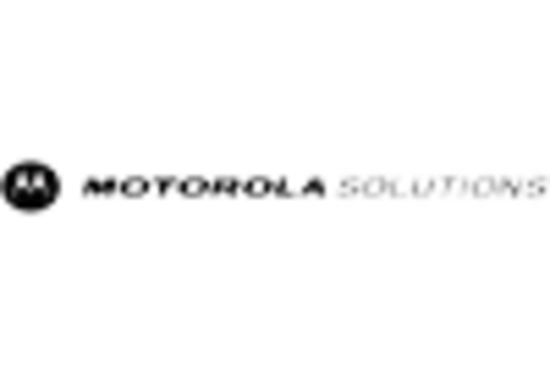
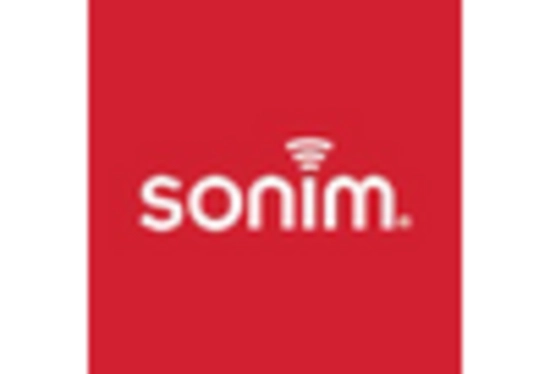
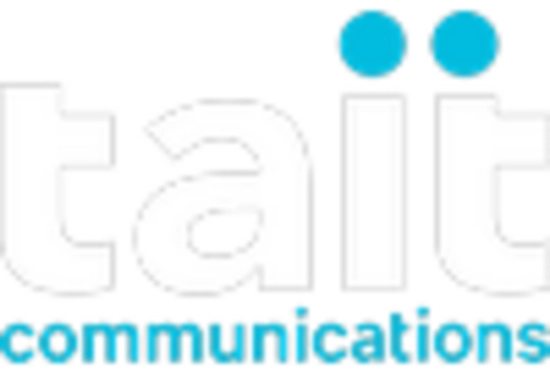
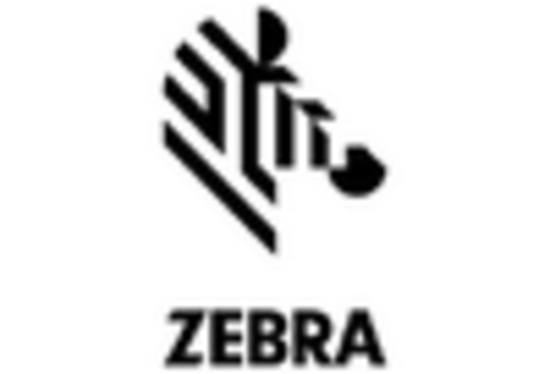








Leave a Comment